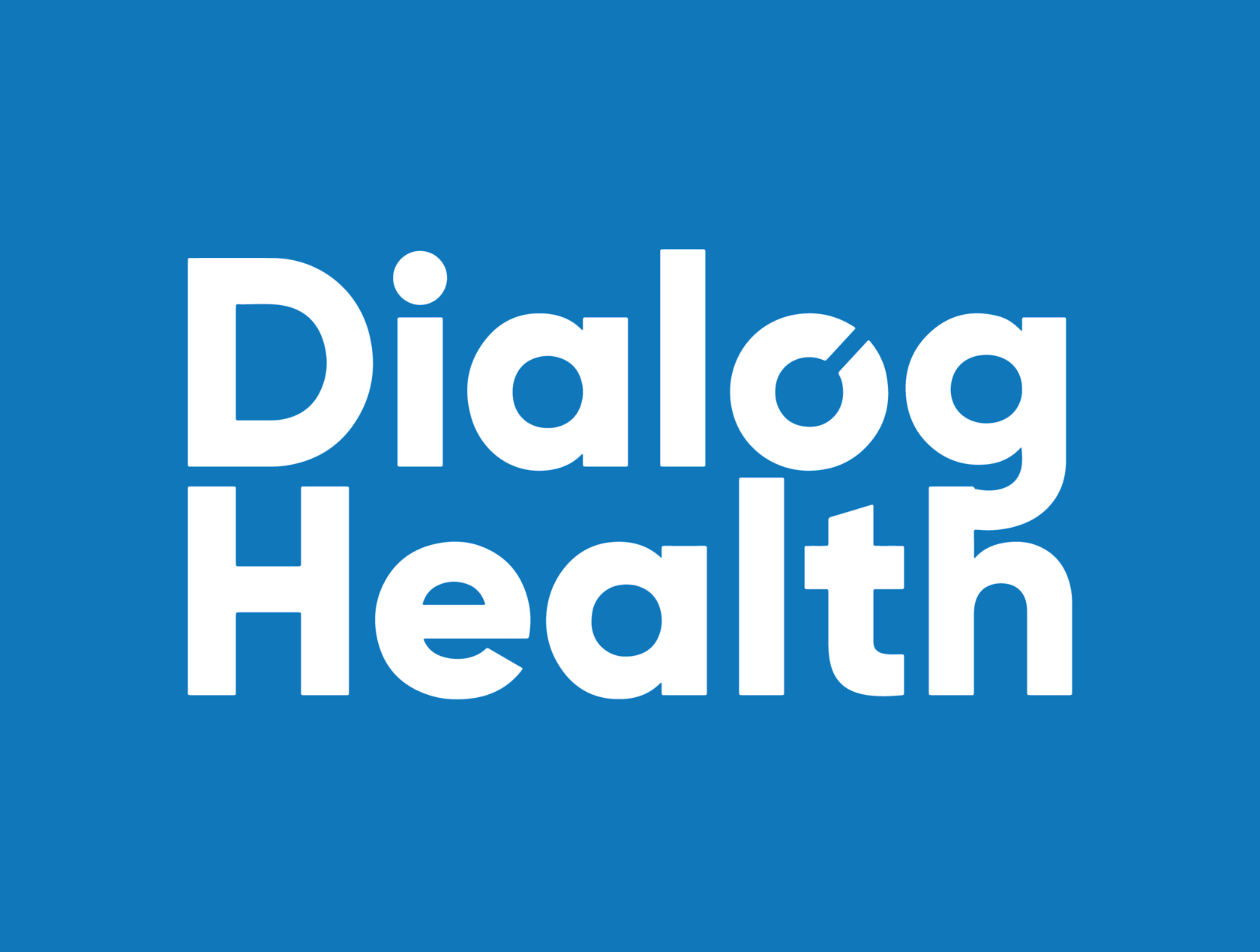- The Netherlands
- Aged Care
- 25 delegates
- November 2024
From 4 to 6 November, a delegation accompanied by Dialog Health travelled to Amsterdam, the Netherlands, on a fact-finding mission in partnership with ATHOM (the Academy for the Transformation of Housing and Medical Services). The aim was to explore and draw inspiration from Dutch innovations in care for the elderly.
Why the Netherlands?
The Dutch model is based on an integrated healthcare system, where different services are perfectly coordinated to ensure comprehensive and efficient care. It places a strong emphasis on the autonomy of elderly people, promoting home support and developing adapted living communities to extend independence. The Netherlands is also distinguished by its social innovations, such as dementia villages, which recreate a normalized living environment. The funding for care is designed to be sustainable and equitable, guaranteeing universal access. Moreover, the active participation of civil society, with the involvement of volunteers, enhances social support and reduces isolation among the elderly. Finally, the model relies on continuous assessment, allowing services to be adapted and improved based on evolving needs.
To enrich this approach, the delegation benefited from the expertise of Valentine Sanchez, architect at Atelier AA. Her support highlighted the importance of architectural design in the creation of nursing homes and other elderly care facilities, prioritizing environments that are adapted, humane, and functional.
The study tour began with a visit to Het Gastenhuis Warmond, a pioneering residence for elderly people with dementia or Alzheimer's disease. This innovative concept is based on a model of small family homes, each managed by a couple who live on-site and provide a friendly atmosphere and personalized care. The participants were warmly welcomed by Wietse Bakker and Karin Keizer, the heads of the establishment, who presented this secure and inspiring environment conducive to the well-being of the residents. The visit provided the delegation with an in-depth look at this unique model, offering concrete ideas for the ongoing reconstruction projects of facilities in France.
The first day concluded with a presentation by Émilie Lebée Thomas, Head of International Monitoring for Anap. The goal was to outline the specifics of the Dutch medico-social system, highlighting inspiring practices and complementary approaches to the French model, sparking rich discussions within the delegation.
The second day began with a visit to Zorgcentrum Pennemes, a nursing home particularly committed to sustainable development. This center promotes well-being through contact with nature, offering green spaces, many plants, animals, and optimal exposure to natural light. A community of local volunteers is actively involved in enriching this ecological dynamic, strengthening social connections. The delegation then visited Zorgcentrum Het Mennistenerf, another example of innovation in housing and home care. Thanks to a multidisciplinary team, Het Mennistenerf develops a personalized care and life plan for each resident, created in collaboration with the resident or their representative. Rutger de Graaf, Director of Innovation, guided these visits, showcasing local sustainable initiatives and collaborations that enhance the residents' lives.
The mission concluded with the discovery of the Alzheimer's Village, The Hogeweyk. This iconic project stands out for its immersive approach: a "town within a town" consisting of 27 homes, housing around 180 people with advanced Alzheimer's and dementia. Residents lead as normal a life as possible, grouped into six lifestyle categories based on their personal histories and cultural preferences: social, Christian, artisan, Indonesian, cultural, and Gooi (affluent lifestyle). Surrounded by professionals, they carry out daily tasks within a secure, human-centered environment. Iris van Slooten-Klarenbeek, Senior Advisor, and Jannette Spiering, founder of The Hogeweyk, shared insights into the design and operation of this remarkable village.
This international study mission proved to be particularly enriching, allowing participants to discover innovative practices and reflect on new ways to improve the quality of life for the elderly in France. The fruitful exchanges shed light on the foundations of ambitious projects aimed at humanizing care and enhancing the living environments of seniors, while drawing inspiration from the best international practices.
The Dutch model is based on an integrated healthcare system, where different services are perfectly coordinated to ensure comprehensive and efficient care. It places a strong emphasis on the autonomy of elderly people, promoting home support and developing adapted living communities to extend independence. The Netherlands is also distinguished by its social innovations, such as dementia villages, which recreate a normalized living environment. The funding for care is designed to be sustainable and equitable, guaranteeing universal access. Moreover, the active participation of civil society, with the involvement of volunteers, enhances social support and reduces isolation among the elderly. Finally, the model relies on continuous assessment, allowing services to be adapted and improved based on evolving needs.
To enrich this approach, the delegation benefited from the expertise of Valentine Sanchez, architect at Atelier AA. Her support highlighted the importance of architectural design in the creation of nursing homes and other elderly care facilities, prioritizing environments that are adapted, humane, and functional.
The study tour began with a visit to Het Gastenhuis Warmond, a pioneering residence for elderly people with dementia or Alzheimer's disease. This innovative concept is based on a model of small family homes, each managed by a couple who live on-site and provide a friendly atmosphere and personalized care. The participants were warmly welcomed by Wietse Bakker and Karin Keizer, the heads of the establishment, who presented this secure and inspiring environment conducive to the well-being of the residents. The visit provided the delegation with an in-depth look at this unique model, offering concrete ideas for the ongoing reconstruction projects of facilities in France.
The first day concluded with a presentation by Émilie Lebée Thomas, Head of International Monitoring for Anap. The goal was to outline the specifics of the Dutch medico-social system, highlighting inspiring practices and complementary approaches to the French model, sparking rich discussions within the delegation.
The second day began with a visit to Zorgcentrum Pennemes, a nursing home particularly committed to sustainable development. This center promotes well-being through contact with nature, offering green spaces, many plants, animals, and optimal exposure to natural light. A community of local volunteers is actively involved in enriching this ecological dynamic, strengthening social connections. The delegation then visited Zorgcentrum Het Mennistenerf, another example of innovation in housing and home care. Thanks to a multidisciplinary team, Het Mennistenerf develops a personalized care and life plan for each resident, created in collaboration with the resident or their representative. Rutger de Graaf, Director of Innovation, guided these visits, showcasing local sustainable initiatives and collaborations that enhance the residents' lives.
The mission concluded with the discovery of the Alzheimer's Village, The Hogeweyk. This iconic project stands out for its immersive approach: a "town within a town" consisting of 27 homes, housing around 180 people with advanced Alzheimer's and dementia. Residents lead as normal a life as possible, grouped into six lifestyle categories based on their personal histories and cultural preferences: social, Christian, artisan, Indonesian, cultural, and Gooi (affluent lifestyle). Surrounded by professionals, they carry out daily tasks within a secure, human-centered environment. Iris van Slooten-Klarenbeek, Senior Advisor, and Jannette Spiering, founder of The Hogeweyk, shared insights into the design and operation of this remarkable village.
This international study mission proved to be particularly enriching, allowing participants to discover innovative practices and reflect on new ways to improve the quality of life for the elderly in France. The fruitful exchanges shed light on the foundations of ambitious projects aimed at humanizing care and enhancing the living environments of seniors, while drawing inspiration from the best international practices.
Subscribe to our newsletter
Once a month you will learn about our latest tours.
By clicking the button you agree to our Privacy Policy
Photos
Previous study missions


